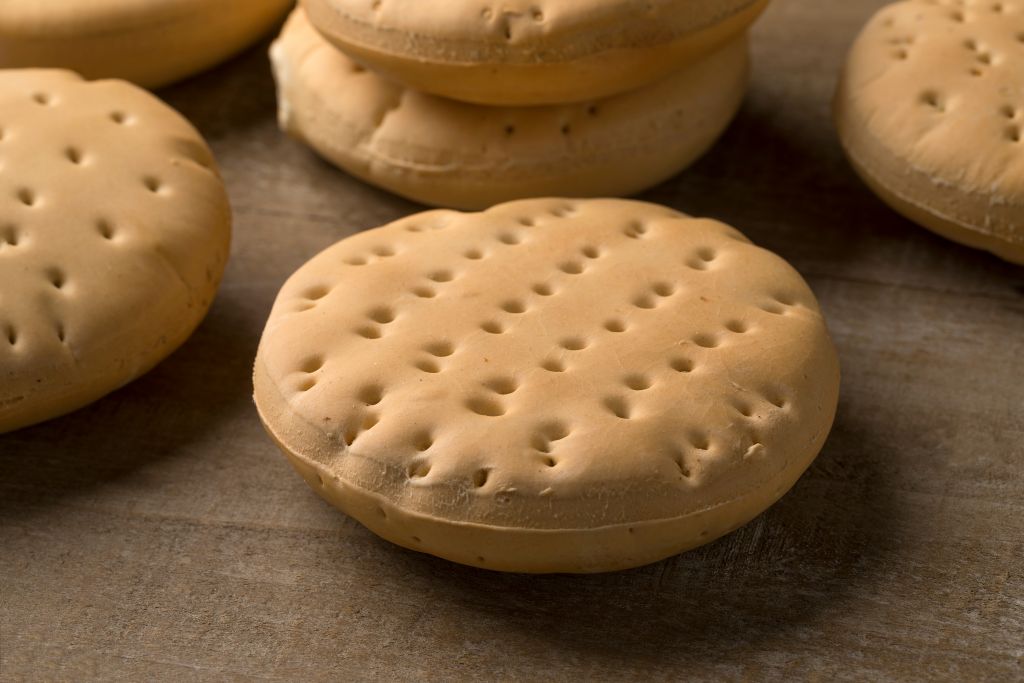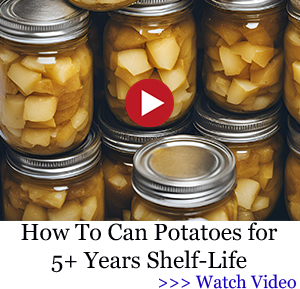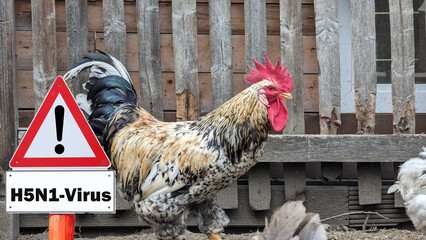Depression-Era Foods Making a Comeback

In uncertain times, history becomes one of our greatest teachers. And when it comes to feeding your family on next to nothing, no period holds more hard-earned wisdom than the Great Depression. During the 1930s, families across America were forced to stretch every meal, waste nothing, and rely heavily on backyard gardens, home-preserved food, and ingenuity. Today, as economic instability looms, food prices skyrocket, and supply chains become unreliable, a growing number of Americans are turning back to those same Depression-era foods that once kept their grandparents alive.
Why the sudden interest? Because these foods weren’t just cheap, they were simple, filling, and made from ingredients anyone could get their hands on. In a world obsessed with convenience and packaged goods, these old-school meals are making a powerful comeback among preppers, homesteaders, and anyone looking to be more self-reliant. Learning how to cook like it’s 1932 may not just save you money, it could one day save your life.
The Forgotten Genius of Depression-Era Cooking
Depression-era recipes weren’t about flavor explosions or fancy presentation. They were about survival, resourcefulness, and nutrition. People learned to cook with what they had on hand, often making meals from scraps most folks today would throw away.
For instance, one common meal was potato peel soup. Instead of tossing out potato skins, they were boiled with onions, salt, and a few vegetables to create a surprisingly rich and satisfying broth. Fried cornmeal mush, basically a thick cornmeal porridge chilled and sliced before frying—was another staple. It was cheap, versatile, and could be eaten sweet or savory depending on what you had.
Vinegar pie, sometimes called “poor man’s lemon pie,” was a clever dessert born from a lack of citrus. Bakers would simulate the tang of lemon using vinegar, sugar, and basic pantry ingredients. It was simple, but it satisfied the sweet tooth in lean times.
Another forgotten gem is dandelion greens. These are often seen as a backyard weed today, but during the Depression, families foraged them for salads, sautéed greens, or medicinal teas. Not only are dandelion greens free, but they’re also packed with vitamins and minerals.
The Rise of “Waste-Not” Cooking
One of the biggest lessons from Depression-era food culture is this: nothing was wasted. Bacon grease was saved in a jar and used to fry eggs, greens, or bread. Leftover bones were boiled for broth. Old bread became bread pudding, breadcrumbs, or stuffing.
Contrast that with today’s wasteful habits, how many modern families toss out bruised fruit, leftover rice, or slightly stale bread? In a crisis scenario, every crumb counts. Depression-era cooks understood this and built entire meal strategies around stretching food and avoiding waste.
Mock foods were also popular. “Mock apple pie,” for example, used crackers and cinnamon instead of apples. “Mock chicken legs” were made from ground meat shaped and breaded like drumsticks. These dishes weren’t gimmicks—they were ways to enjoy comfort foods without the actual expensive ingredients.
It’s this mindset that today’s preppers are rediscovering and putting to use. Knowing how to create a meal from pantry scraps, homegrown produce, or foraged plants is no longer just nostalgic—it’s smart preparedness.
Examples of Depression-Era Meals That Deserve a Place on Your Table
Here’s a list of Depression-era meals and foods that are making a comeback—and for good reason:
-
Potato Soup: Just potatoes, onions, salt, and water. Add milk or cream if you had it. Cheap, warm, and filling.
-
Cornbread and Milk: A bowl of crumbled cornbread soaked in milk was often eaten as a meal.
-
Liver and Onions: Organ meats were cheap and nutritious. Liver provided iron and was usually served with caramelized onions.
-
Beans and Rice: A protein powerhouse that’s shelf-stable, cheap, and endlessly versatile.
-
Cabbage Stew: Cabbage, potatoes, and carrots formed the base of many hearty stews.
-
Homemade Sauerkraut: A way to preserve cabbage and improve gut health.
-
Eggless, Milkless, Butterless Cake: Also known as “wacky cake,” this dessert was a staple when rationing kicked in.
-
Hardtack: A simple, long-lasting cracker made of flour, water, and salt. It’s making a comeback in modern survival kits.
Learning how to make these recipes—and adapt them to what you have on hand—is a skill every prepper should cultivate.
Take It a Step Further With The Amish Ways
While Depression-era recipes are incredibly valuable, there’s an even deeper well of knowledge when you look at the way the Amish live. The Amish never stopped cooking from scratch, growing their own food, and preserving it the old-fashioned way. They’ve been living off-grid and thriving without modern conveniences for generations.
If you want to take your self-reliant food skills to the next level, The Amish Ways book is essential reading. It teaches you how to cook hearty, traditional meals using cast iron, root cellars, and homegrown ingredients—no electricity or store trips required. It’s packed with recipes, food preservation techniques, and forgotten kitchen tricks that work just as well today as they did a century ago. Click here to grab your copy and start learning.
It’s Not Just About Food—It’s About Survival
Knowing how to feed yourself with minimal resources is critical, but survival is more than just cooking. What happens when the power goes out for days or weeks? What if there’s no grocery store, no running water, and no access to medical help?
That’s where real survival training comes in. The Wilderness Survival Academy isn’t just another online course—it’s a deep dive into self-reliance. You’ll learn how to forage, purify water, build shelter, start a fire without matches, and stay alive in any situation. These are the kinds of skills our ancestors took for granted—but most modern people have completely forgotten.
If you’re serious about prepping, you need more than stockpiles. You need skills. Learn more about the Wilderness Survival Academy here.
Final Thoughts: What History Teaches Us
The Depression taught an entire generation how to survive on less. Those lessons are more relevant today than ever before. Whether you’re stockpiling beans and rice, learning to cook over an open flame, or making your own soap from animal fat, every step you take toward self-reliance puts you one step ahead of the masses who expect modern systems to always be there.
Depression-era foods aren’t just coming back, they’re showing us the way forward. They’re proof that with a little knowledge and a lot of grit, you can get through anything. Just like your grandparents did.
And if you want to make sure you’re ready, really ready, take the time to learn from those who’ve never stopped living that way. Pick up The Amish Ways book, explore the Wilderness Survival Academy, and start building the kind of life that doesn’t rely on luck or the grid.
Because in the end, survival favors the prepared.
You May Also Like:
 How To Make The Long-Lasting Native American’s Wojapi Sauce
How To Make The Long-Lasting Native American’s Wojapi Sauce
How To Make A Natural Painkiller That Works (video)
79 Edible Flowers in North America (with Pictures)
Can You Substitute Baking Powder for Baking Soda?
How Long Does Flour Last?
Read the full article here







